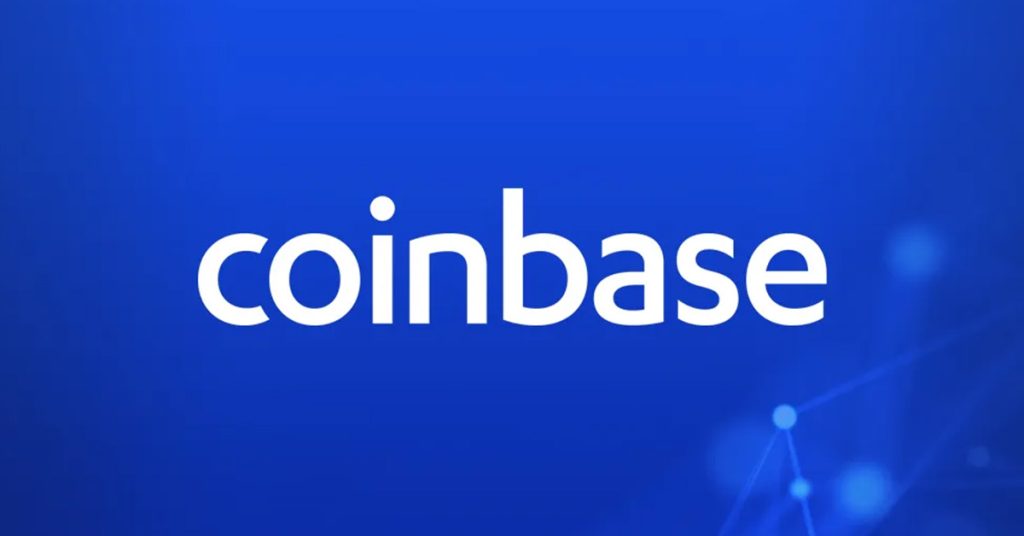What is Leveraged Yield Farming & How To Do It

First, What is Yield Farming?
Before we get into what leveraged yield farming is, let’s first, discuss traditional yield farming. Yield farming involves the lending or staking of cryptocurrency into decentralized smart contract-based liquidity pools in order to generate rewards which are expressed in APY (Annual Percentage Yield). Rewards typically come in the form of interest from lenders, a percentage of transaction fees or a governance token.
The practice of yield farming became hugely popular during what came to be known as the DeFi summer of 2020. It was a period that witnessed hundreds of new protocols emerge, many offering eye-watering APYs to investors seeking alternatives that would provide them with a higher return compared to what they could achieve in traditional financial markets.
Compound paved the way in 2020 by launching its governance token (COMP) which distributed weekly rewards to lenders and borrowers on their platform. A flood of other protocols soon jumped on the bandwagon with returns and risk profiles varying greatly from platform to platform.
At the time of writing, the TVL (Total Value Locked) in yield farming protocols is $215 billion with the vast majority of activity taking place on the Ethereum network.
So, What is Leveraged Yield Farming?
One of the biggest issues with DeFi relates to capital efficiency. Specifically, users have been unable to borrow more than they put up as collateral. Let’s say someone puts up $100 of value, is able to borrow $50 against that, then deposits that $50 into a farm. The reality is that they would have been better off just putting the $100 into the farm in the first place as their earnings would be greater. Leveraged Yield Farming (LYF) fixes this by allowing for better capital efficiency by making undercollateralized loans accessible, meaning users can borrow more than their available principal.
In a nutshell, LYF combines regular yield farming with the ability to borrow external liquidity which can then be used to increase a user’s farming position, enabling them to earn multiplied yields. Lenders provide their single assets and in return receive some of the highest and most sustainable yields in DeFi. These above average yields are achieved due to the high utilization rates in the lending pools.
Although LYF loans are undercollateralized, an important feature/safeguard exists. Unlike regular DeFi platforms where borrowers can do whatever they want with funds that they borrow, LYF platforms do not allow borrowers to withdraw borrowed assets from their protocols. The usage and return of the funds are kept exclusively in-house and are tightly controlled by liquidation mechanisms.
Risks
Leveraged yield farming essentially carries all of the same risks as traditional yield farming but with an added kicker.
- Risk of impermanent loss. This is the risk associated with depositing dual asset pairs into DeFi liquidity pools, usually in a 50:50 ratio. Essentially, it’s the difference in value between depositing two different assets into an AMM (Automated Market Maker) versus simply holding onto those tokens independently in your wallet.
- Risk of smart contract exploits/hacks and rug pulls. Unfortunately, there is a growing list of incidents that have occurred amounting to over $1.5 billion in losses. For an up-to-date list of exploits readers can check out this link.
- LYF carries with it the additional risk of liquidation. If the price of the token or base currency falls far enough, there is a chance that a user could lose all of their funds. This is similar to margin trading in traditional finance where users borrow money from a broker to buy stocks. If the stocks fall low enough, the investor can have their position liquidated.
Leveraged Yield Farming Platforms
Let’s take a look at two of the more popular LYF platforms.
1. Alpha Homora
LYF is a concept innovated by Alpha Finance Lab. Alpha Homora, deployed on Ethereum in October 2020, was developed by Alpha Finance Lab and was the first leveraged yield farming project in DeFi. The platform now operates on Avalanche, Fantom and Binance Smart Chain (BSC) networks as well.
Users can participate in Alpha Homora as yield farmers, liquidity providers, ETH lenders, liquidators, and bounty hunters. ETH lenders can earn high interest on ETH. The lending interest rate comes from leveraged yield farmers/liquidity providers borrowing these ETH to yield farm/provide liquidity.
The platform currently has a TVL (Total Value Locked) of $639 million.
2. Alpaca Finance
Alpaca Finance is one of the largest lending protocols operating on both the Binance Smart Chain (BSC) and Fantom networks. Alpaca has its own native utility token called $ALPACA which is a governance token for community voting and it can also be staked on the platform. Alpaca launched in March 2021 and was a fair launch project with no pre-mine, pre-sale or private investors. The platform currently has a TVL of $866 million.
Alpaca recently launched their ‘Automated Vaults’ service along with optional insurance cover via their partnerships with Nexus Mutual and InsureAce. The platform aims to offer some of the highest and most secure yields in DeFi.










